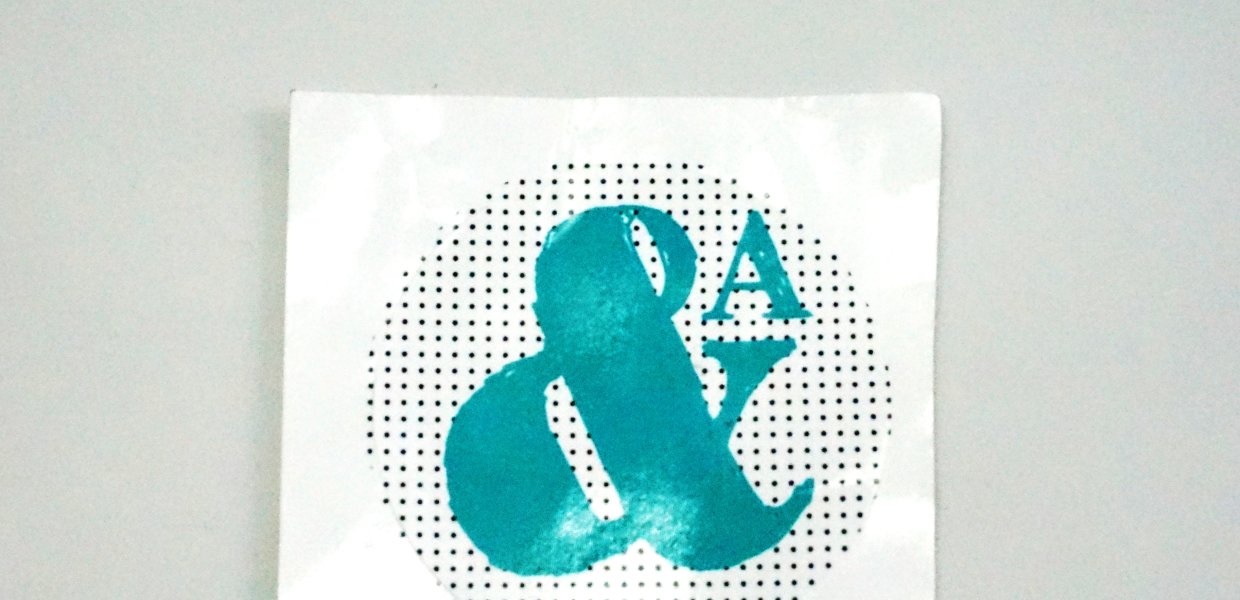Ampersands are visual characters that simply represent the word “and.” But for a new Annenberg Radio News podcast, its symbol is being used to exemplify passion. Ampersand, which uses the character as its logo, covers everything that is arts and culture related throughout the Los Angeles region and USC campus.
Sasha Anawalt, associate professor of professional practice and director of the USC Annenberg Arts Journalism program, oversees the new podcast. Personally, she believes that arts and culture reporting is in poor shape in this country because people are telling far too many stories that don’t move.
In an effort to change that, Anawalt is encouraging Ampersand journalists to create well thought out stories to allow listeners to, in a sense, see blood on the page.
“To be a really good journalist you have to be able to imagine what it’s like to be somebody else,” Anawalt said. “You need compassion and you need to have empathy.”
Concurrent with creating stories that move, Anawalt wants her students to make a difference in the lives of the people they interview. She explained that often people in creative fields are misunderstood or ignored. The podcast is making an effort to have these artists gain recognition through their show.
So far that objective has been fruitful. Recently, Ampersand did a piece about two punk bands, The Julie Ruin and the Sex Stains, who performed for Visions and Voices last Monday.
Two weeks before the show, Meghan Farnsworth, the social media manager and website designer for Ampersand, interviewed the punk musicians. When the interview went up on their website, it gained a lot of attention
“We haven’t even begun to do PR or advertising for Ampersand,” Anawalt said. “All the attention is due to Twitter and because those musicians have tweeted it out.”
Launching Ampersand would have almost been impossible without a traditional classroom setting, Anawalt said.
Her course Jour 592: Specialized Journalism: Reporting the Arts has helped pilot the new podcast because it’s laid the foundation for arts coverage. Most of the students in her class have never done journalistic work before, Anawalt explained.
“Because we've built this media outlet from scratch — developed our own name, logo, website, social media and content — we are truly learning how journalism works,” Farnsworth said. “There is a natural sense of rhythm and spontaneity with Ampersand, which is truly rewarding because it keeps you on your toes.”
Farnsworth is excited about all the attention her story has received especially since she and some of her colleagues worried that their stories wouldn’t be discovered.
“We were afraid that no one would listen to our pieces or even look at our website unless someone was directed towards it,” Farnsworth said. “However, we've been able to reach some amazing people that the public love, who have also shared our stories of them through Ampersand.”
Her interviews were possible through the podcast’s collaboration with Visions and Voices. The organization has given Ampersand journalists access to interview performers, which has also helped to inform listeners who the performers are before attending the shows.
A new arts and culture desk in the Media Center currently hosts Ampersand and ARN productions, and it will eventually be used across all media platforms.
As the new building was nearing its completion, the idea of adding an arts and culture desk was on the mind of Willa Seidenberg, professor and director of ARN. During a collective meeting with ARN, ATVN and Neon Tommy it was decided to put the idea into action.
“Now that there’s an arts and culture desk is in the Media Center, they’re interacting with ARN,” Seidenberg said. “Before, Ampersand would have been completely separate from anything that anyone else was doing.”
Last year every USC Annenberg media organization had its own room to produce work, and ARN was located in the former digital lab of the ASC building. Seidenberg explained that adding an arts and culture section within to the former ARN headquarters would have made it difficult for all students to work communally.
Seidenberg explained that she worked on developing an arts and culture segment on ARN for about five years prior to Ampersand. In fact, ARN tried a trial run last semester but it was unsuccessful.
“When we started talking about the Media Center, one of the obvious ideas was to do an arts and culture desk,” Seidenberg said. “It was the right time, the right place and we had the right students.”
The new space has been instrumental for the podcast since its helped forge collaborative work amongst Ampersand journalists and other organizations in the Media Center.
“This room is a game changer because it gives us a place to do our work together with the benefit of having expertise everywhere you turn,” Anawalt said.
When Anawalt’s course began earlier this fall, she asked each one of her students what their first creative act was and she discovered that the majority of her students continue to be interested in or practice that art form today.
Having Ampersand journalists write about what they are interested in has allowed them to tap back into their imagination and creativity, Anawalt said.
“You don’t hear the word ampersand a lot in your life,” Anawalt said. “However, because my students are covering arts and culture, and entertainment, and creativity, they liked this idea that creativity knows no bounds only ‘ands.’"








